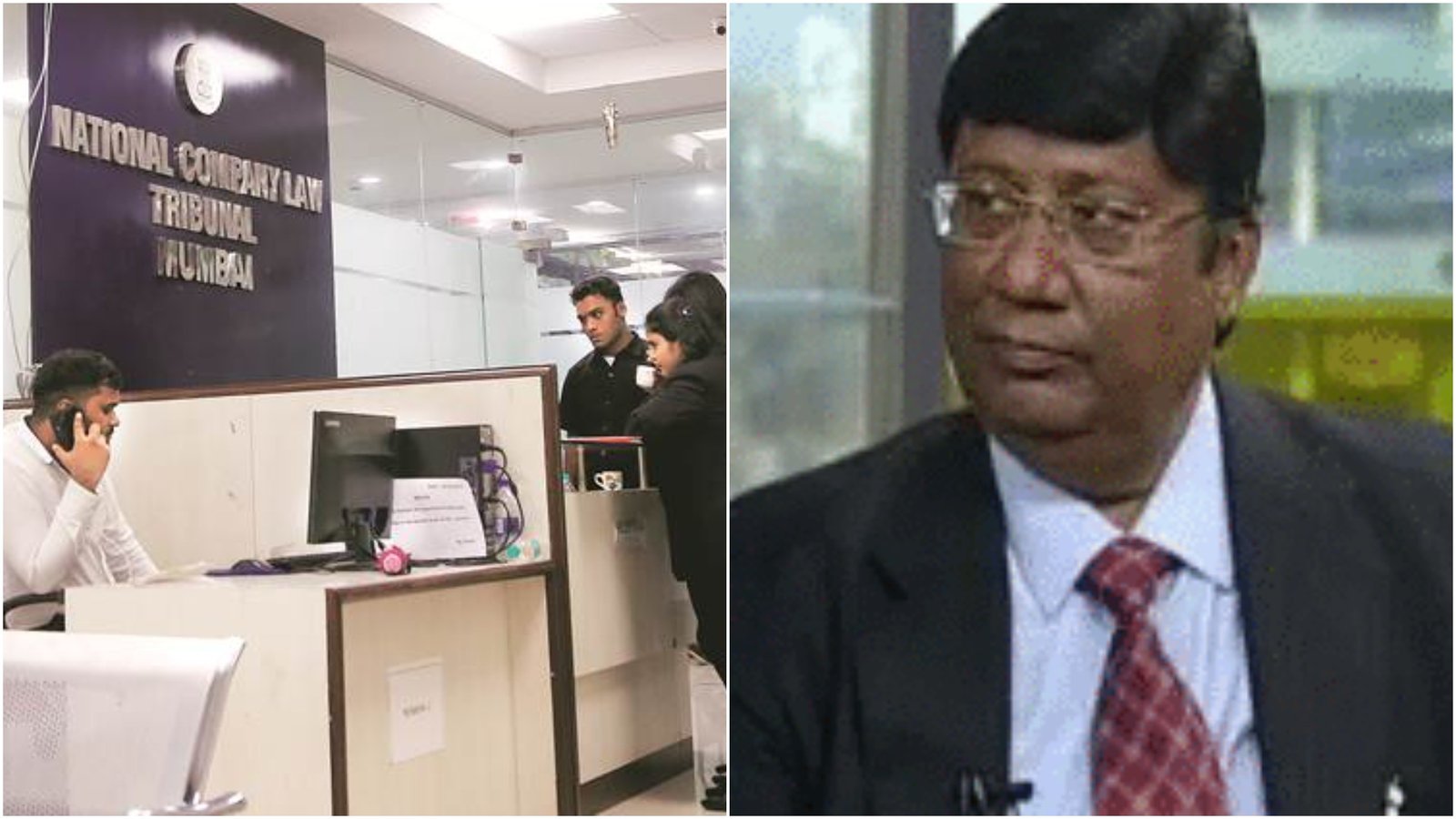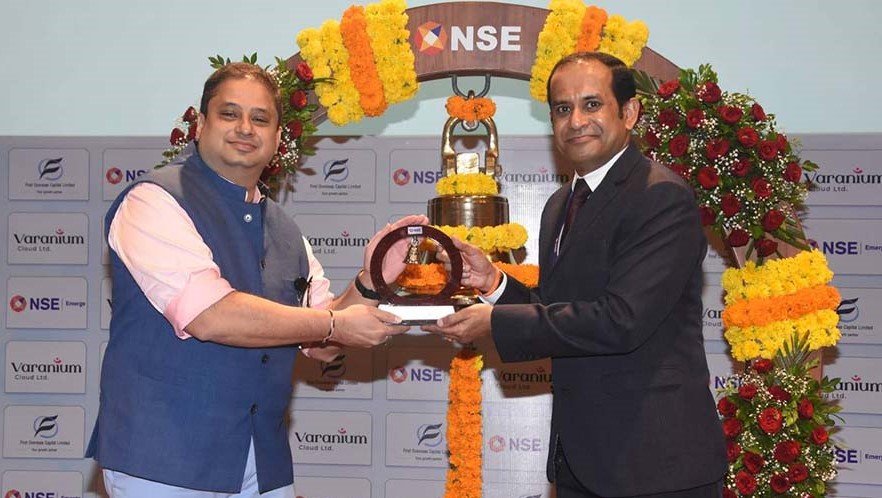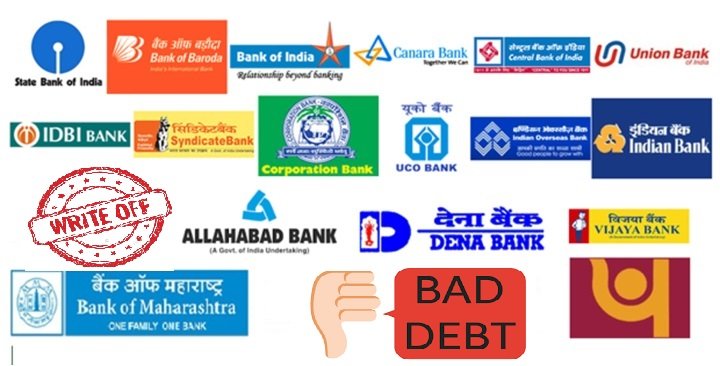How Rolta's creditors were stonewalled against insolvency proceedings
- Rommel Rodrigues
- May 27, 2021

(Left) Rolta India's founder & managing director, Kamal K Singh
MUMBAI: Information technology company Rolta India Ltd (RIL)
now faces insolvency proceedings along with two of its fully owned subsidiaries
Rolta Bi & Big Data Analytics P Ltd (RBBDA) and Rolta Defence Technology
Systems P Ltd (RDTS) in case of unpaid dues of a former employee which includes
wages, perks and statuary payments
like TDS, EPF, gratuity etc.
The National Company Law Tribunal’s (NCLT) Mumbai ordered the
insolvency proceedings against RIL on 13 May, and appointed interim resolution
professional (IRP) Vandana Garg to initiate the insolvency resolution process,
who has now through a public notice on 25 May, has called on creditors of the
three companies to submit their claims within 15 days (by June 9, 2021).
The first step the IRP would be doing is superseding the
present management led by founder, chairman and managing director, Kamal K
Singh and taking charge of the operations, post which she will have to set the
ball rolling as the process of insolvency resolution which needs to be completed within
180 days.
The initial job of Garg as the IRP would be to form a committee
of creditors (COC), post which the appointment of the administrator will be done, following which a team
of professionals who can manage the business and affairs of the company will
have to appointed, COC will then try to determine a fair value for the company,
call for bids if anyone is interested in whatever is left and try to approve a resolution
plan.
The good thing is the creditors of the company which include
bond-holders with an outstanding due of Rs 3,762 crore and domestic PSU banks like Union Bank of India, Bank of India, Bank of Baroda,
Central Bank of India and Syndicate Bank with dues of Rs 4,308.27 crore in debt (As
on end March 2020), former employees who have not been paid wages, suppliers,
contractors and others will get to present their claims and hope to receive their dues in whatever package is approved in the final insolvency resolution plan.
The flip side however is, this is not the first time RIL
faces insolvency proceedings, in the past too, it has been dragged to the insolvency
court, however, it has managed to stonewall all such attempts.
RIL which was already into geospatially powered software
and geographic information system (GIS) for capturing and analysing data
related to positions on the earth's surface entered the defence business in a
big way post the Kargil war in 1999.
The defence administration of the country under the
erstwhile Congress-led UPA government was considering investing big time into
technology for the wings of the armed forces.
Considering it was a niche area RIL entered the GIS and
geospatial services in a big way and created a separate business division for
defence and went under a recruitment spree hiring retired colonels and
brigadiers and other consultants.
The company had formed a consortium with Bharat Electronics
Ltd (BEL) a Navratna PSU as a development agency for the ambitious defence
project of the battlefield management system (BMS) which was to be worth more
than Rs 50,000 crore and was assured that it was the top contender.
Envisaging huge returns from the defence business, RIL
started investing heavily by borrowing, first from the bond market through its international
subsidiaries then from banks and domestic institutions. However with the change
of regime, the defence project was junked, taking with it the company's humongous
growth targets that it had built up over the years.
With a slowing enterprise business and sunken investments in
the defence project RIL tried to capitalise on some of its core software
products and proprietary IP businesses by trying to sell them out. But it could
not and began defaulting on interest payments on loans, principal and
interests.
It had already defaulted in dollar term bonds interest
payment in 2016 and defaulting in paying interest and principal, most of its
borrowings from banks turned NPAs.
In the balance sheet as of end March 2020, the company had a
borrowing of Rs 4308 crore, which included Rs 1,456 crores from Union Bank of
India (UBI), Rs 1045 crores from Central Bank of India, Rs 809 crores from Bank
of India, Rs 635 crores from Bank of Baroda and Rs 363 crores from Syndicate
Bank.
It has an outstanding of over Rs 3,800 crore against Senior
Notes (Bonds) which it had issued in 2013 and 2014 at 10.75 % interest. The
interest keeps piling up.
In September of 2018, UBI the largest lender filed insolvency plea against RIL, however, it got out of bankruptcy as the case was dismissed by the NCLT in May 2019.
The company took a reprieve from the Supreme Court, which had
declared a February 12, 2018, dated circular of the Reserve Bank of India (under
which UBI had approached the tribunal) as ultra vires meaning it now beyond
the legal power or authority of NCLT.
The said RBI circular which classified an NPA of over Rs
2000 crore to be referred to NCLT after 6 months was struck down by the apex court on April 2,
2019 on a plea by a clutch of power producers, textile and sugar manufacturers
and the shipping industry in the apex court. RIL was able to ride on this
judgement to gets UBI’s insolvency proceedings stalled.
In November 2019, NCLT admitted the plea of Value Partner
Greater China High Yield Income Fund and Pinpoint Multi-Strategy Fund both
based in the tax haven the Cayman Islands, who claimed a default of around Rs 1,060
crore and ordered insolvency proceedings against RIL, an IRP from consultancy
firm E&Y was also appointed.
RIL, the parent company of Rolta LLC and Rolta Americas LLC,
had given a corporate guarantee for these step-down firm, who was the principal
borrowers. The creditors including former employees were once again relieved
that they could now file their claims, and it looked very plausible, however
this was not to be.
Almost immediately after the NCLT order was pronounced, in
his personal capacity, Kamal K Singh, the chairman & managing director of
RIL petitioned the Bombay High Court on a very peculiar technical ground that
the NCLT did not pronounce the judgement against RIL in an open court.
The matter was heard expeditiously and within days in
November 2019, the High Court in a landmark judgement ordered setting aside
NCLT's insolvency proceedings considering the procedural lapse in delivering the judgement.
Normally a company aggrieved by an NCLT order would challenge
it in the appellate tribunal the NCLAT and then the Supreme Court, but Singh
had managed to contest and win in the High Court. The company was again out of
insolvency proceedings.
In between, there were some NCLT orders approving insolvency
proceedings in case of the company's subsidiaries on the petitions of some
employees for dues not paid (like the latest one) and an IRP was also appointed,
however, Singh again moved swiftly and as provided under the IBC he entered into
a settlement with the petitioners after which the NCLT then withdrew the
insolvency proceedings.
While the petitions of several former employees to recover
their dues were still pending before the NCLT, in early 2020 the COVID-19
pandemic hit the world and as is known the country went under lockdown.
In March 2020 the Central government issued a notification
under which it increased the minimum amount of default for initiating
insolvency proceedings in NCLT from Rs 1 lakh to Rs 1 crore.
So effectively all who had their dues below Rs 1 crore could
not approach the NCLT, the status quo on that remains to date. Former
employees and other creditors who had a lower demand amount for dues will not
be able to take any recourse in NCLT for the time being.
Meanwhile, RIL struggling to remain afloat had to deal with
its creditors the bond-holders in the United States, its subsidiaries had
presence in several states.
On September 02, 2020 Supreme Court of The State of New
York passed an order in favour of bond-holders for an amount of US $ 183
million against the company and six of its international subsidiaries.
In order to get this judgement stayed on a technical ground
the subsidiaries filed voluntary Chapter 11 proceedings in the United States
Bankruptcy Court for the Northern District of Alabama on October 29, 2020.
This chapter of the US Bankruptcy Code provides for a proposed
plan of reorganization to keep its business alive and pay creditors over time.
However on January 28, 2021 the court tossed out this bid by RIL's
international subsidiaries saying, the company 'did not have a realistic
ability to effectively reorganize.'
They then went in to appeal against this dismissal on February
9, 2021. In a board meeting of RBI held on February 12, 2021, it noted that
pending the appeal, the international subsidiary companies continue to
function normally.
In the meantime, for the past two years, RIL has been repeatedly
saying in all its communications that it plans to come out of the debt trap by
'repayment and restructuring its liabilities' under a Definitive Restructuring
Services Agreement (RSA) with the 'Streamcast Group' which it signed on August
6, 2019.
The whole business with the 'Streamcast Group' as per one of
our reports (Click to read about 'Streamcast Group' its promoters, history inMalta and affairs in India) was never going to happen. The whole thing is
turning out to be one of the biggest corporate ‘Hoaxes’ pulled up by the
promoters of the so-called 'Streamcast Group' in which the distressed creditors
of RIL had pinned their hope on.
So this is by and large the chronology of events where Singh
and his companies are effectively tackling any bids of creditors trying to get
any legal avenue to recover their dues, several IRPs were appointed and then
they had to be dismissed before doing any work. So it remains to be seen if the
current insolvency proceedings are stonewalled or it goes through.











Reporter
Rommel is our Editor. He has close to three decades of experience in leading publishing houses including, Fortune India, Observer of Business & Politics, The New Indian Express etc.
View Reporter News